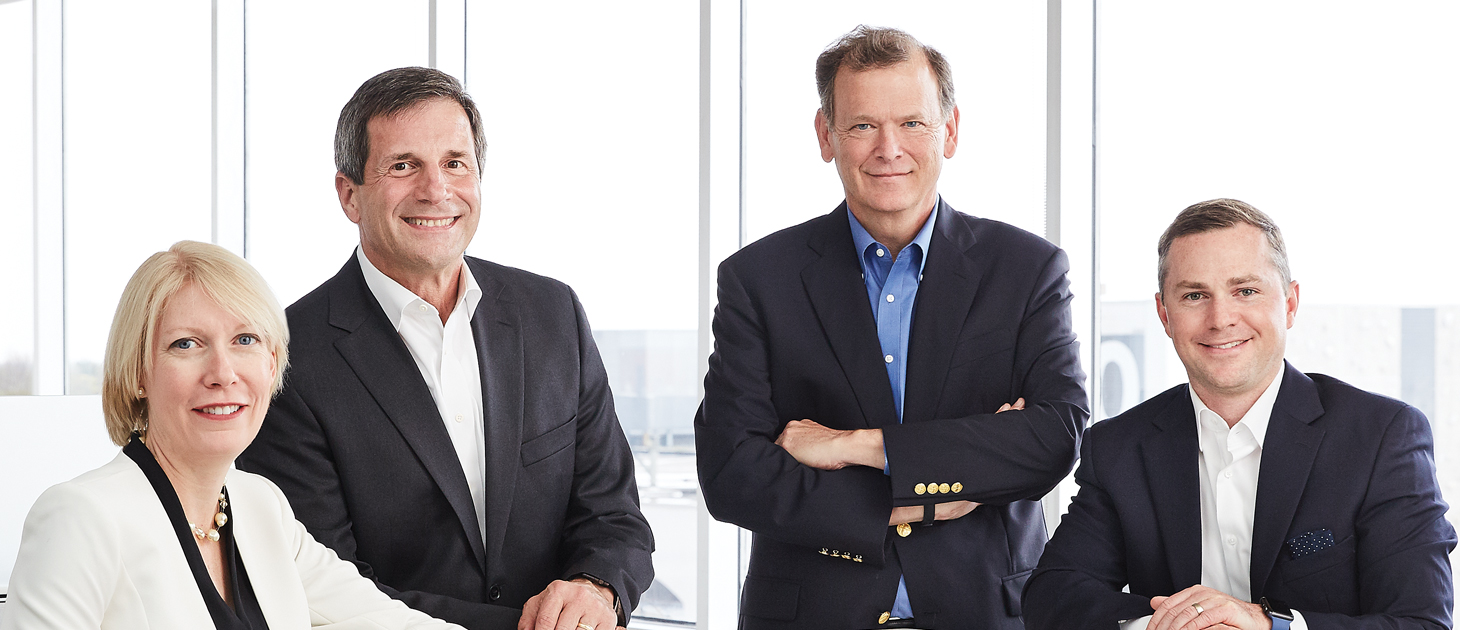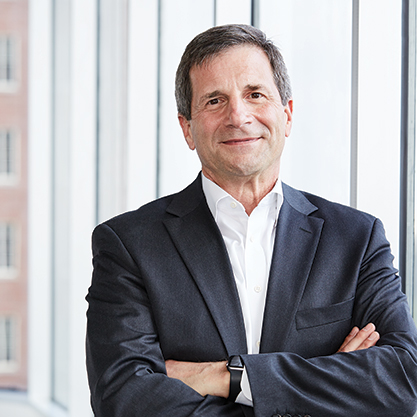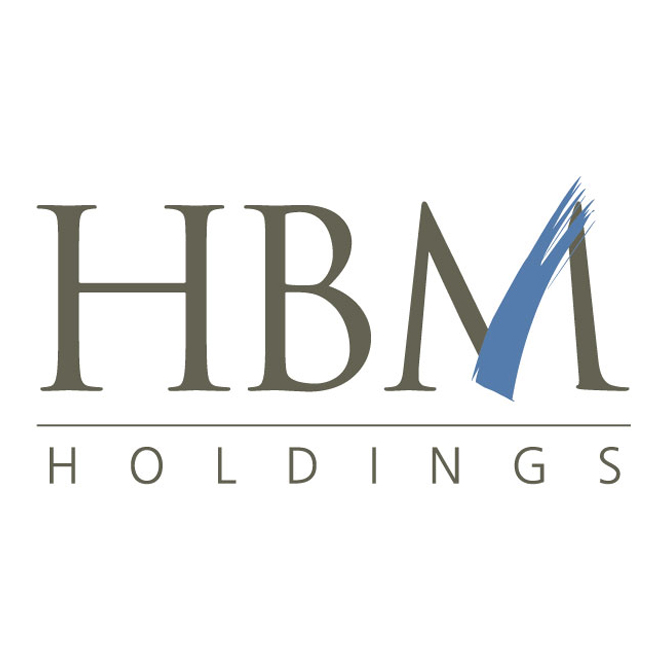The Patient Investor
HBM Holdings is building a diversified portfolio and taking a deliberate, long-term approach to its investments.

This content is brought to you by HBM Holdings. It originally appeared in the Summer 2017 issue of Middle Market Growth.
Sometimes, the most important thing a company needs from investors is patience. The typical private equity model doesn’t necessarily provide that. Often, a PE investor will acquire a company, improve it and then sell it at a profit in just three to five years.
What if a company has a good business, but needs long-term investment to make it great? That was the case with Tru-Flex, a manufacturer of flexible exhaust products for trucks. The company had been purchased by a private equity firm in 2010. As the firm neared the end of its holding period, Tru-Flex needed more capital to grow and take advantage of lucrative opportunities. Because the fund wasn’t willing to invest more, it decided to sell early so that Tru-Flex could find a longer-term investor.
It found one in HBM Holdings. The firm was created in 2012 to diversify the family trust of Mississippi Lime, a 110-year-old company that mines limestone and manufactures calcium-based products. The goal was to branch out beyond the mining and chemical sectors, says Mike DeCola, president and CEO of HBM Holdings. To that end, HBM is building a diversified portfolio, now numbering four companies that fit certain investment criteria.
NOT YOUR AVERAGE PRIVATE EQUITY FIRM
HBM’s business model combines the financial strength and long-term insight of a strategic investor with the transactional capabilities of private equity. Rather than flip a portfolio company for profit in five years, the firm takes a “buy and build” approach enabled by existing cash resources. It looks for companies that fit its diversification model—those with an established management team but the need for additional capital or other resources to achieve long-term goals, says Don Roberts, HBM’s CFO and senior vice president of corporate development.
It’s a refreshing, but sometimes challenging, approach in today’s competitive market. “There is a flood of funds that have funneled into middle-market PE firms,” notes DeCola. “Those firms compete for the best companies, pushing up multiples, seeking the best short-term returns for their investors. While that’s good for potential sellers in the short term, it’s not conducive to long-term growth,” he says.
HBM works differently, reinvesting the excess operating cash flows from its portfolio back into the companies, explains Ryan Supple, the firm’s director of deal origination. “It’s a different mentality,” he says. “It’s really an operator’s mentality at heart, not a financial engineer’s mentality.”
That approach was one of the major attractions of HBM as a buyer, says Gregg Notestine, CEO of Tru-Flex. “We knew that we were going to require a lot of cash for working capital, equipment and investment,” he says. “The fact that HBM had a lot longer time horizon was very critical to us as the management team.”

INVESTING FOR THE LONG TERM
One of the first things HBM does after an acquisition is to go through strategic planning with the company’s management, identifying its goals and determining the resources needed to attain them, DeCola says.
The acquisition of Tru-Flex, which HBM bought in 2013, immediately enabled the company to make two major investments. First, a key customer needed a Tru-Flex factory in Europe so it could better serve its European truck business.
“Rather than wait until they needed people, we kept emphasizing that Tru-Flex should hire them now in preparation for the future.”
MIKE DECOLA
President & CEO, HBM Holdings
With HBM’s help, Tru-Flex found a site in Poland and built a multi-million-dollar facility, which opened in 2015. Next, Tru-Flex had identified an emerging business opportunity: to create a division to serve the aftermarket for its products, enabling dealers to replace exhaust hoses after their warrantees expired. In 2015, Tru-Flex launched this new division.
Tru-Flex also was able to act quickly to take advantage of unexpected opportunities. For example, it acquired a machine-tool shop that could offer Tru-Flex customers additional, complementary products and services. In addition, HBM invested in expanding Tru-Flex’s existing facilities in the United States. It purchased new manufacturing equipment, including a $3 million stamping press.
HBM’s investment is essential for Tru-Flex’s fast growth in the near term, while also positioning it for long-term success, says Notestine. The company’s revenue has more than quadrupled to about $80 million since 2010; the workforce has grown to 350 from 80.
FOCUS ON HUMAN RESOURCES
“Besides the cash, we needed help to develop our people,” Notestine says. “We just didn’t have the horsepower to do that.” HBM has helped the company find and hire good staff and management, and establish a long-term human resources process to develop and retain talent. In addition, Tru-Flex now has access to associates from HBM’s Accelerated Development program, which grooms early career management talent.
The attention to HR development is something that a typical PE firm doesn’t necessarily do, notes DeCola. “It’s one of the adjustments Gregg had to make after we acquired Tru-Flex,” he says. “Rather than wait until they needed people, we kept emphasizing that Tru-Flex should hire them now in preparation for the future.”
HBM conducts global talent reviews with its portfolio companies twice each year, says Amy Fields, the firm’s vice president and chief human resources officer; it then provides help with leadership and management training. “We try to broaden the way they think about talent,” she says. “We encourage (management) to think proactively and creatively.”
It’s all part and parcel of HBM’s patient and deliberative approach to investing in its portfolio companies. “The hope is that we can partner with these companies for a long time and really help them drive true and meaningful growth,” Supple says. “We want to invest not just capital but time into seeing the company develop its strategy over the course of decades, not just a couple of years.” //
A BULLPEN OF TALENT
When HBM Holdings was formed in 2012, it wanted to be proactive in developing talent for itself and its portfolio companies. So it launched an accelerated development program, essentially a talent incubator that recruits MBA graduates into HBM and prepares them for business management jobs.
“We’re a resource for our portfolio companies, to help them fill any gaps they may have in talent development or succession planning,” says Amy Fields, vice president and chief human resources officer at HBM.
The program hires the graduates into HBM Holdings for two years, during which time they perform corporate development work, such as identifying possible portfolio acquisitions, and consulting work for existing portfolio companies. After two years, they are assigned to a portfolio company with the goal of ascending to the level of general manager or functional leader in five to seven years, says Fields.
Following the successful launch of the first associate into Mississippi Lime, Tru-Flex has been the most recent beneficiary of the program. In October 2014, HBM placed its first associate into a quality management role at Tru-Flex. He then moved into a sales role and recently into managing Tru-Flex’s new aftermarket business.
Tru-Flex recently brought in its second HBM associate. “These are talented people,” says Tru-Flex CEO Gregg Notestine. “They’ve already had some work experience, and they have their MBA. We’re able to put them in pretty high-level roles right when they come into our business and they make an immediate impact.”

HBM Holdings is an investment and management company that acquires, supports and operates middle-market businesses in industrial products and services. Its strategy is to grow a diversified portfolio using a long-term buy and build approach. It provides portfolio companies with professional management expertise, financial resources and high potential human capital to accelerate their growth.


